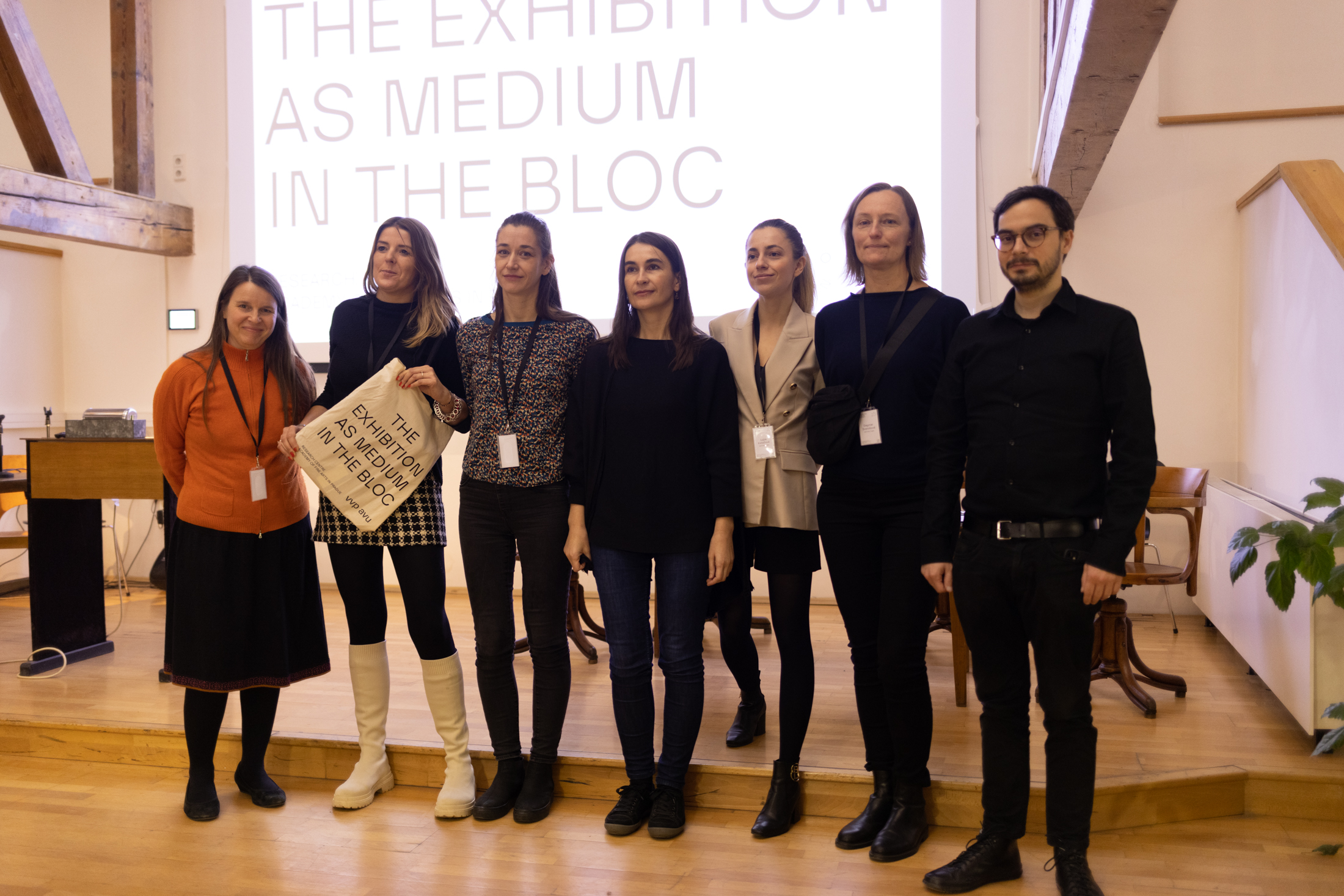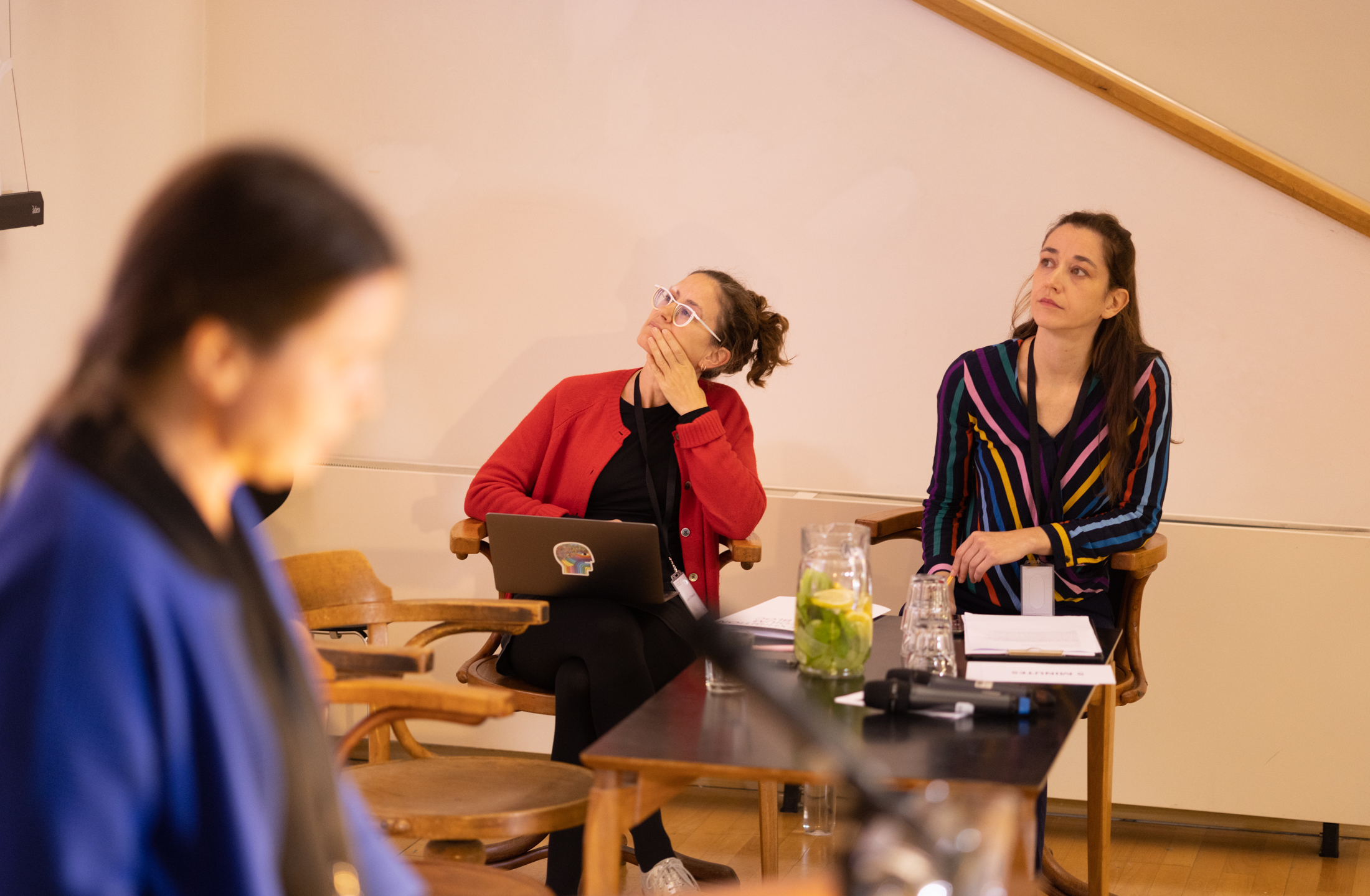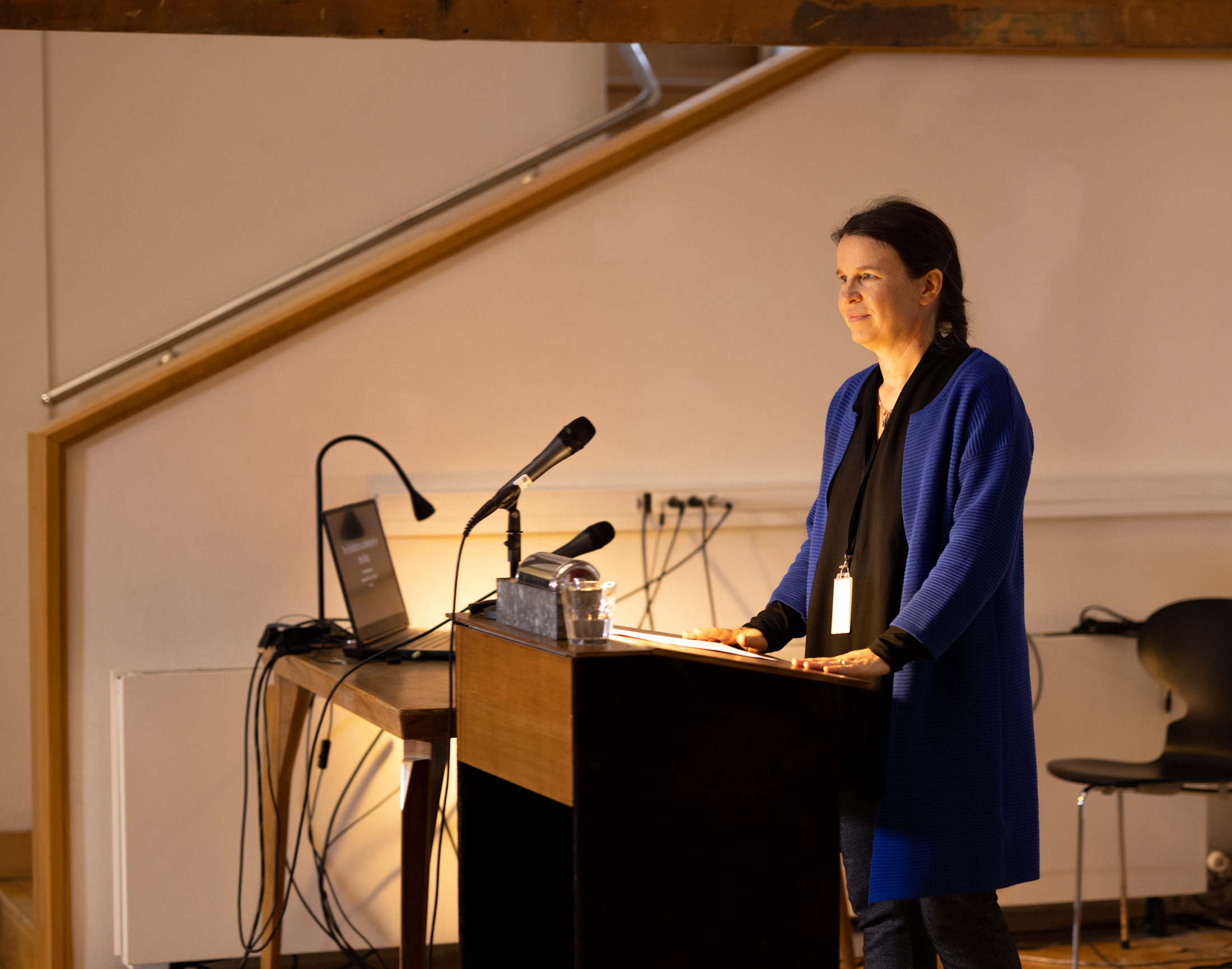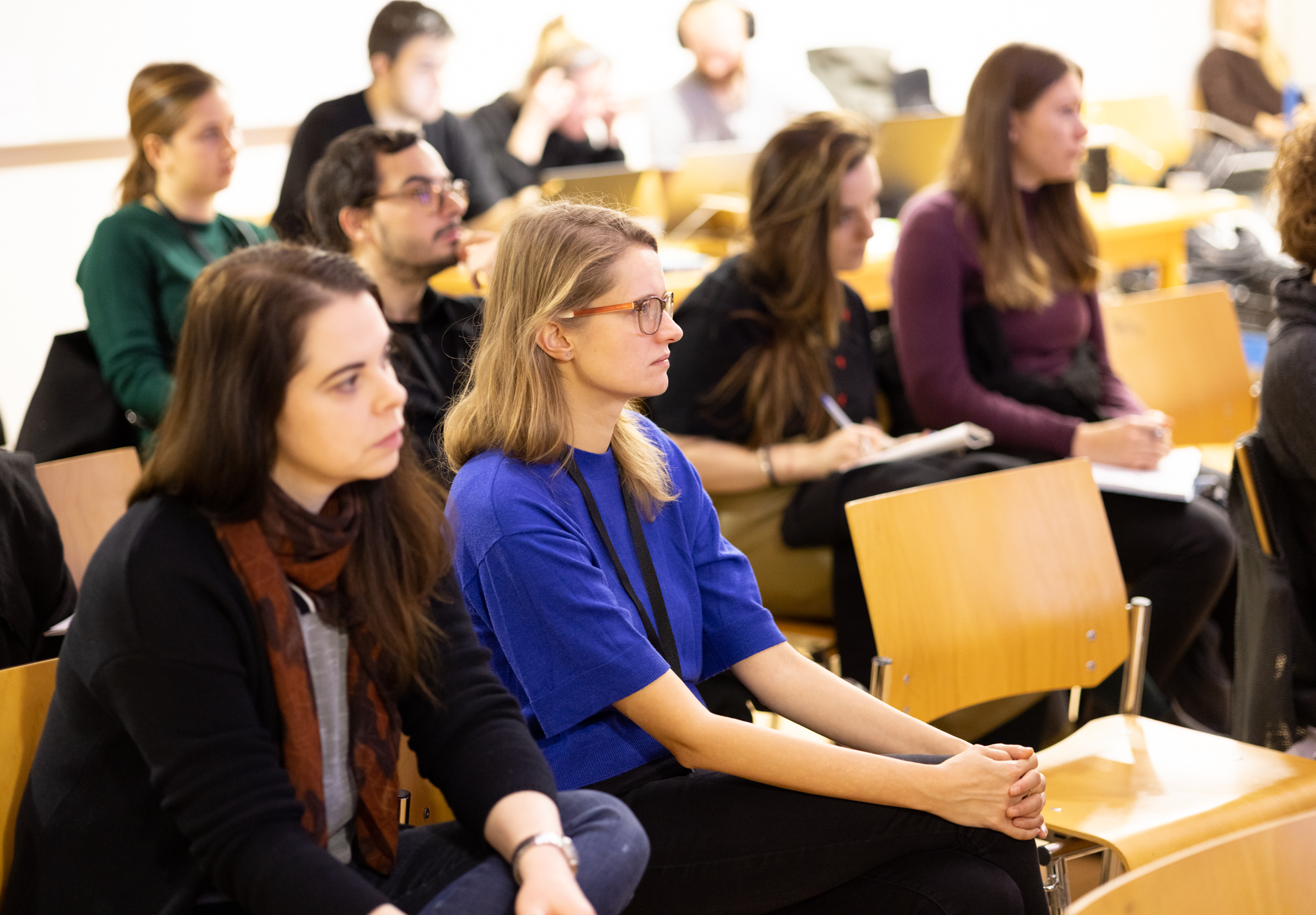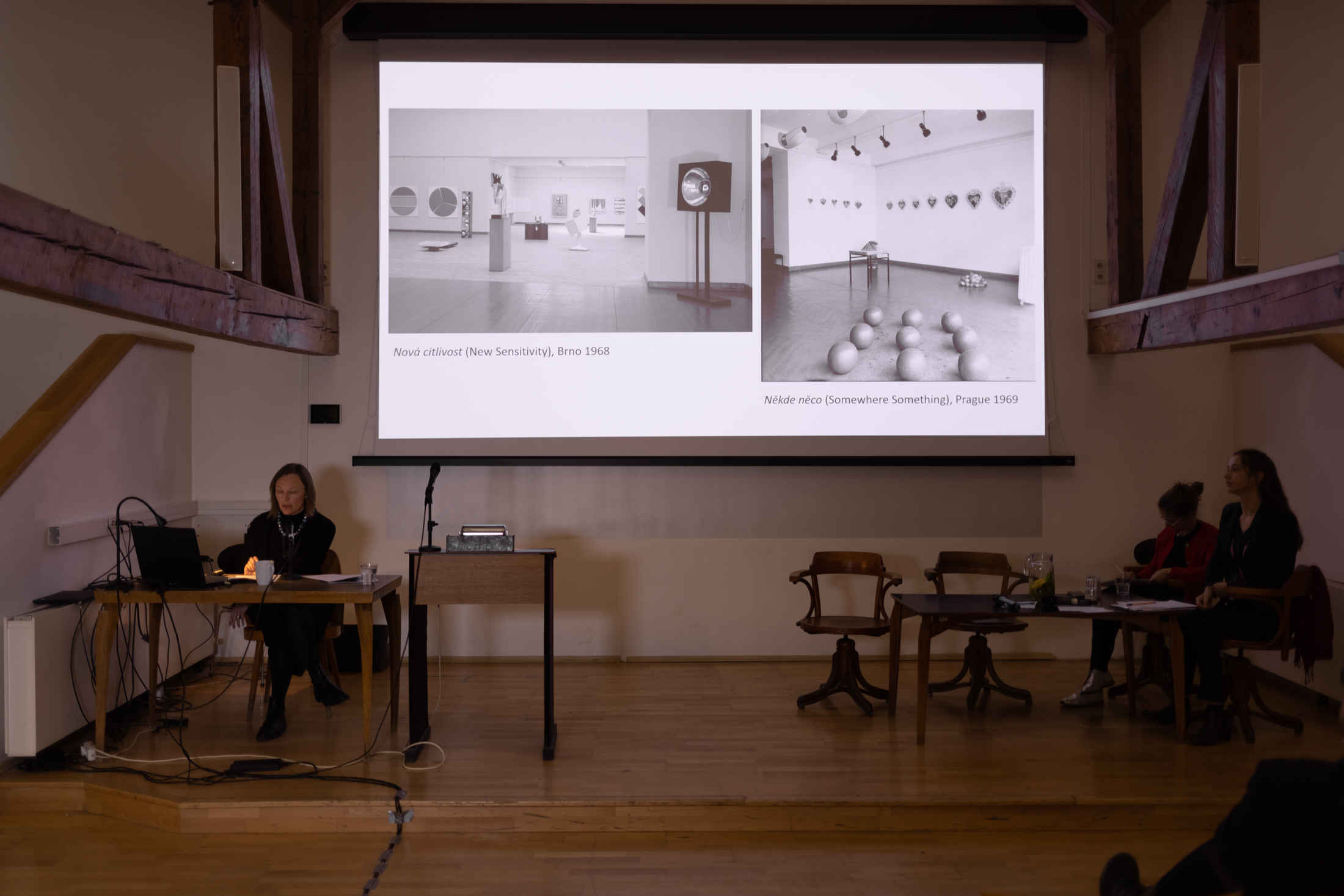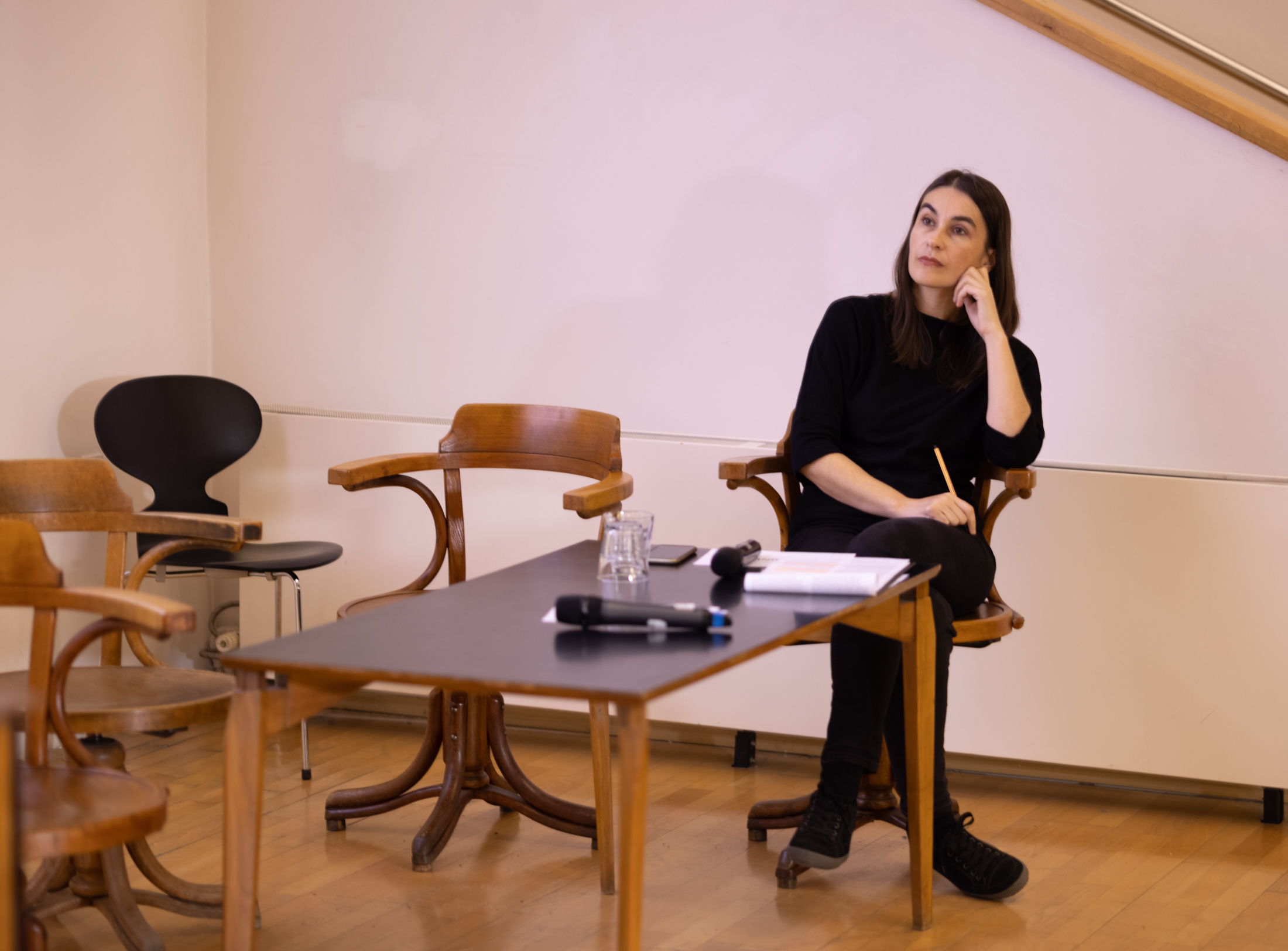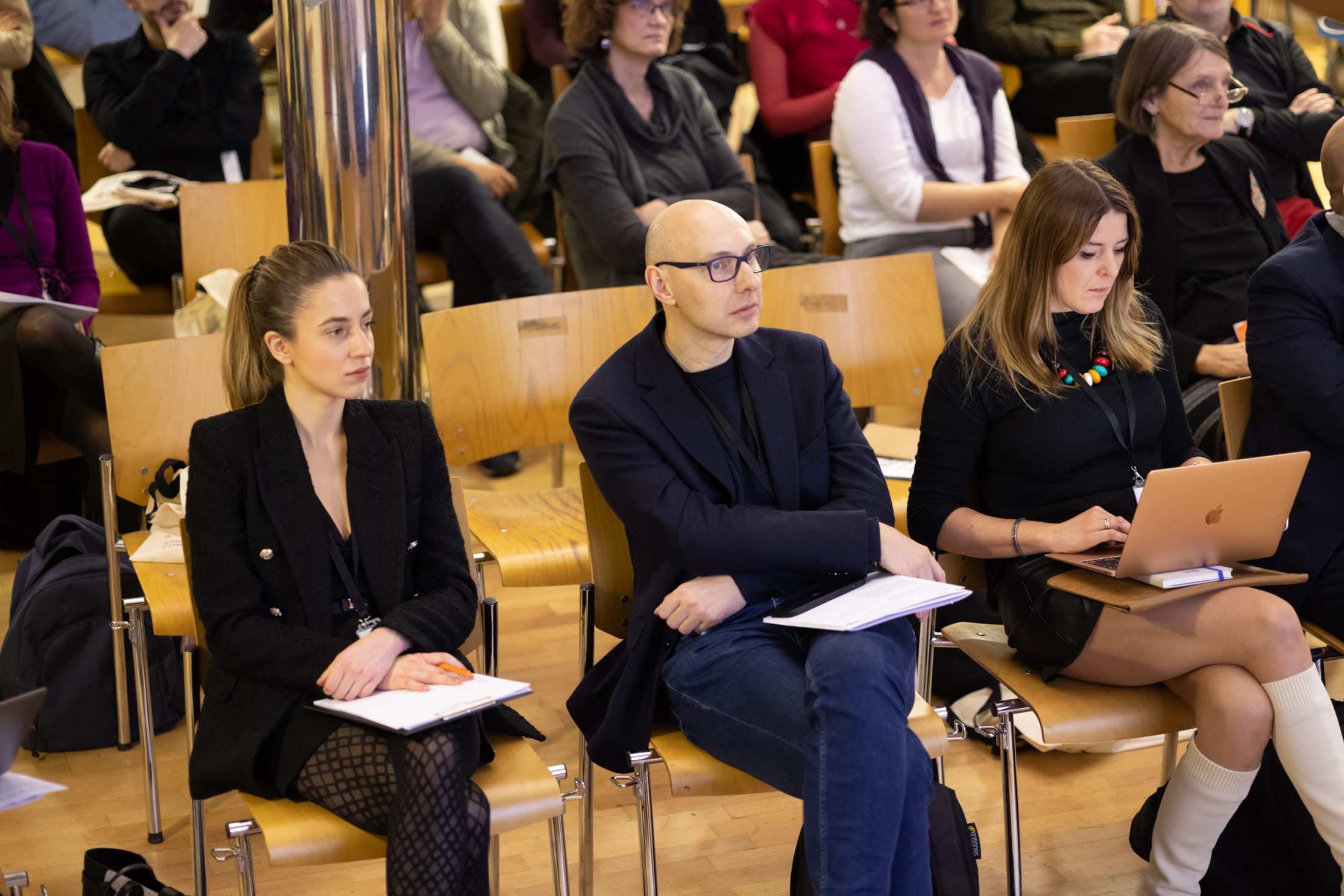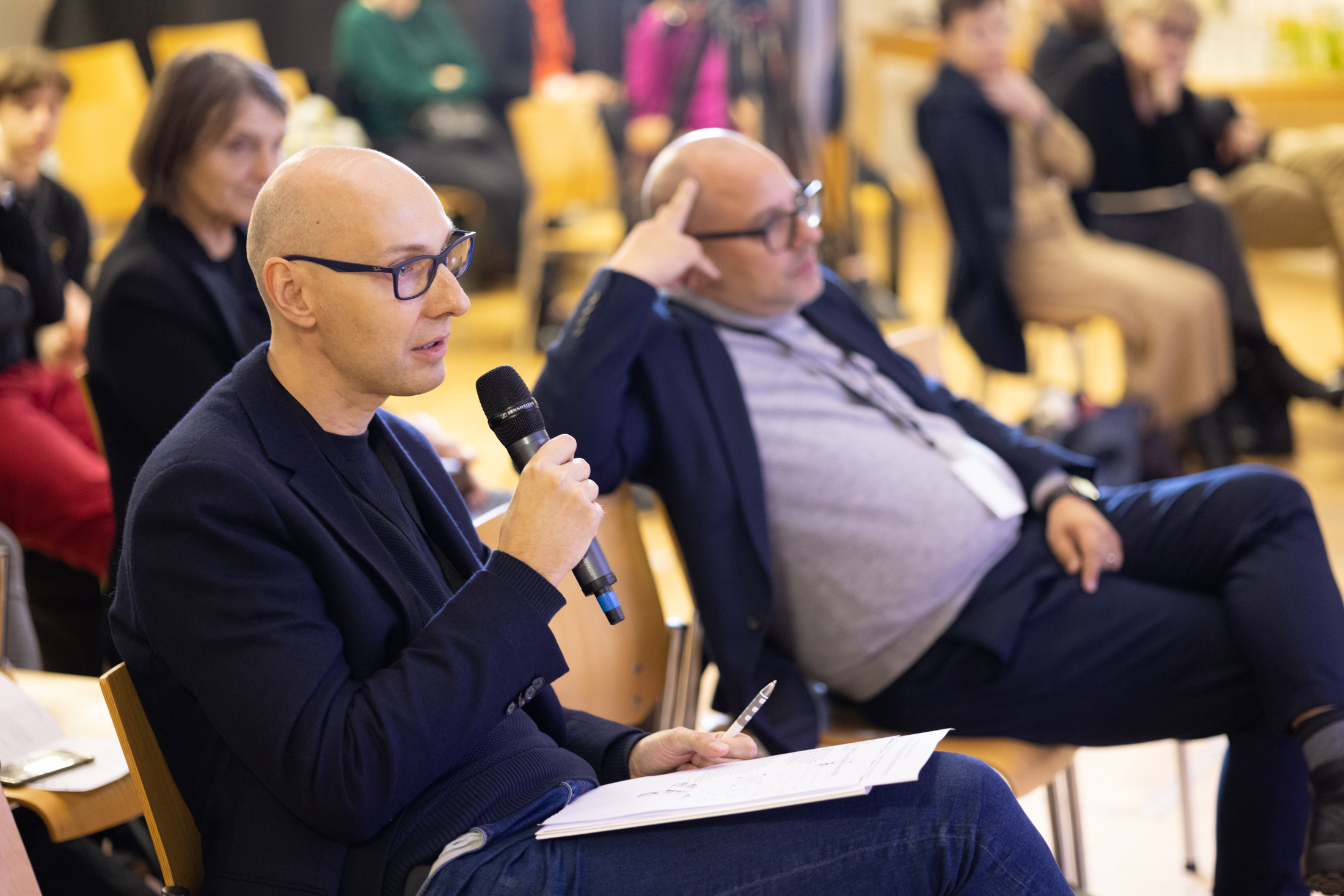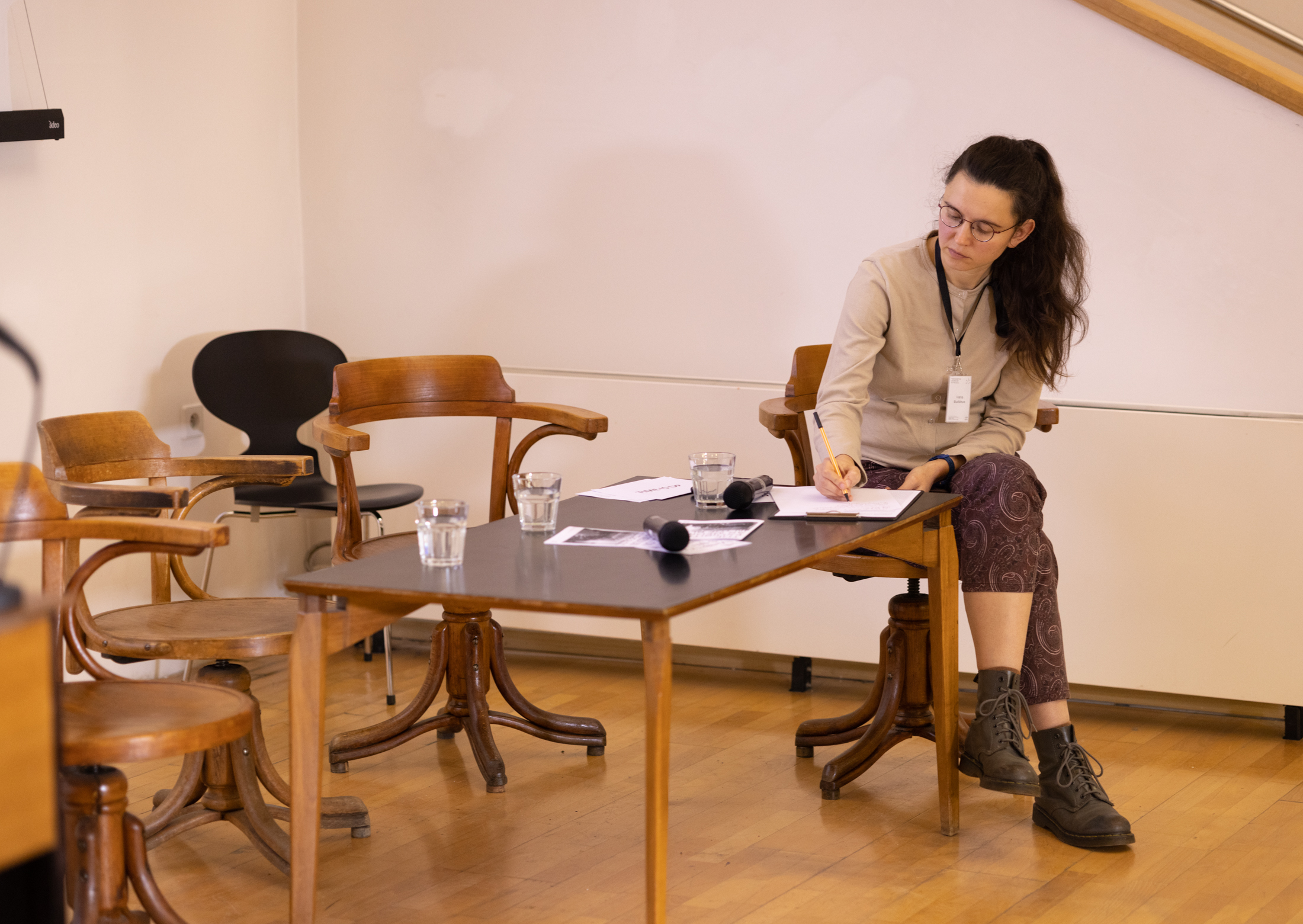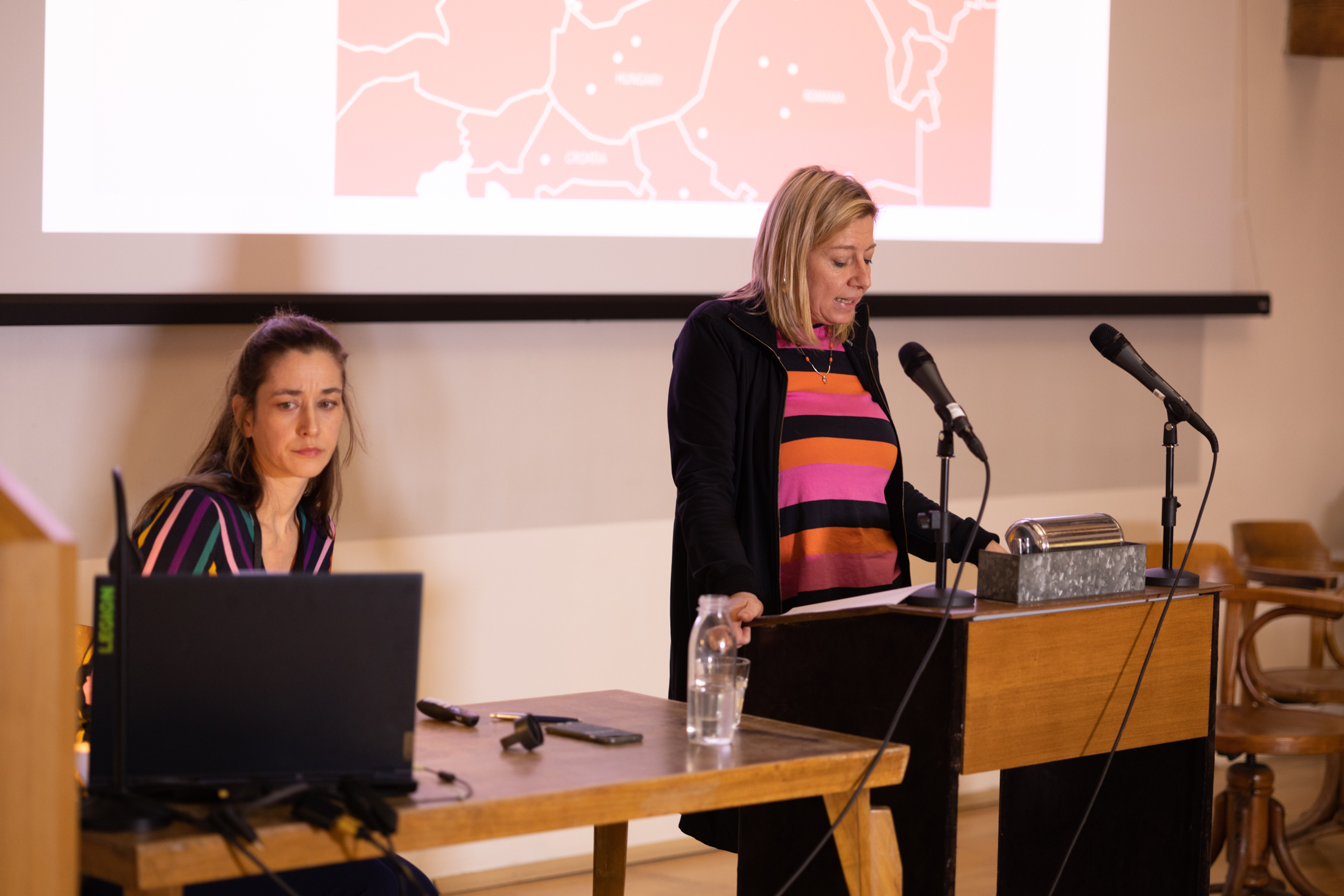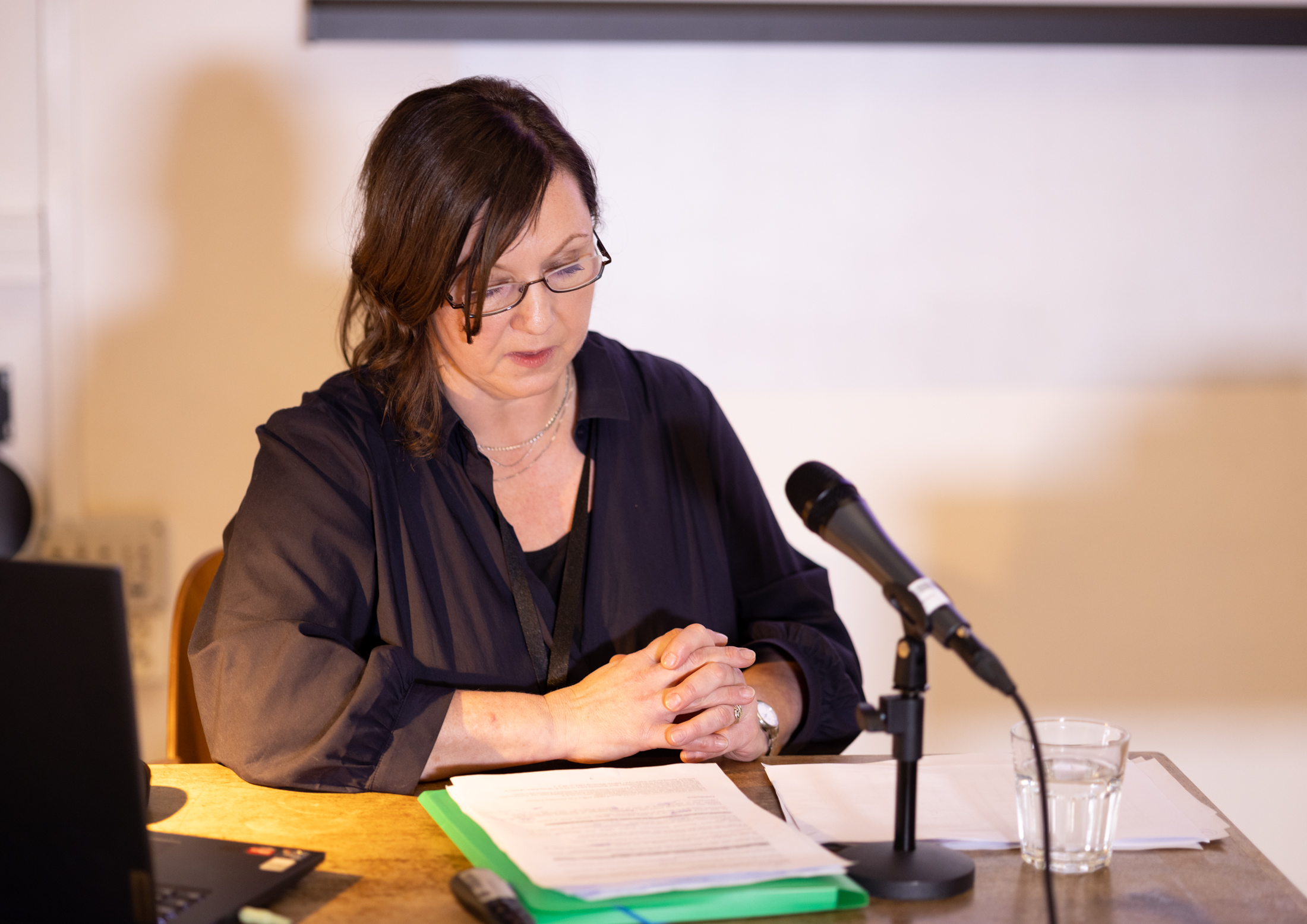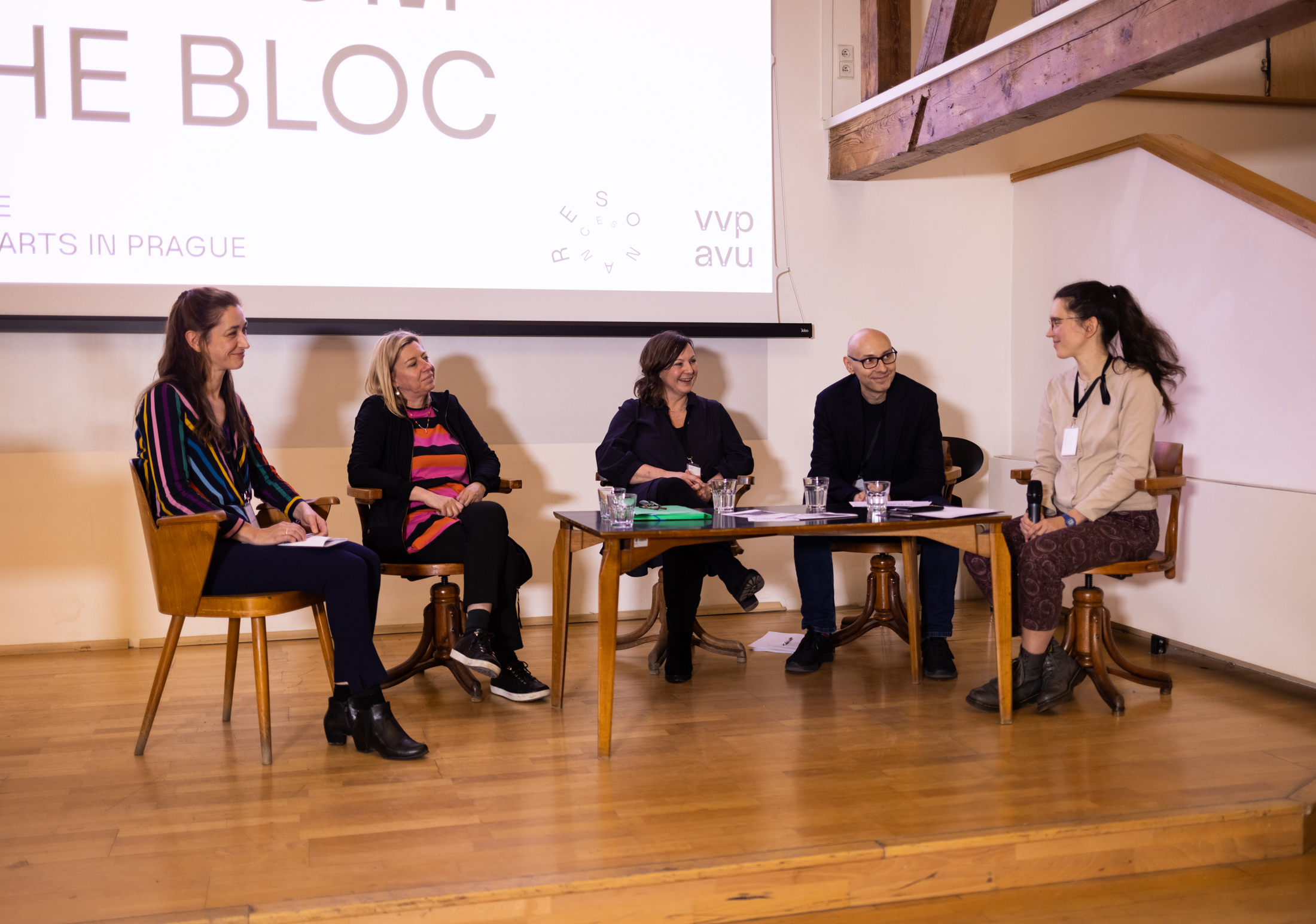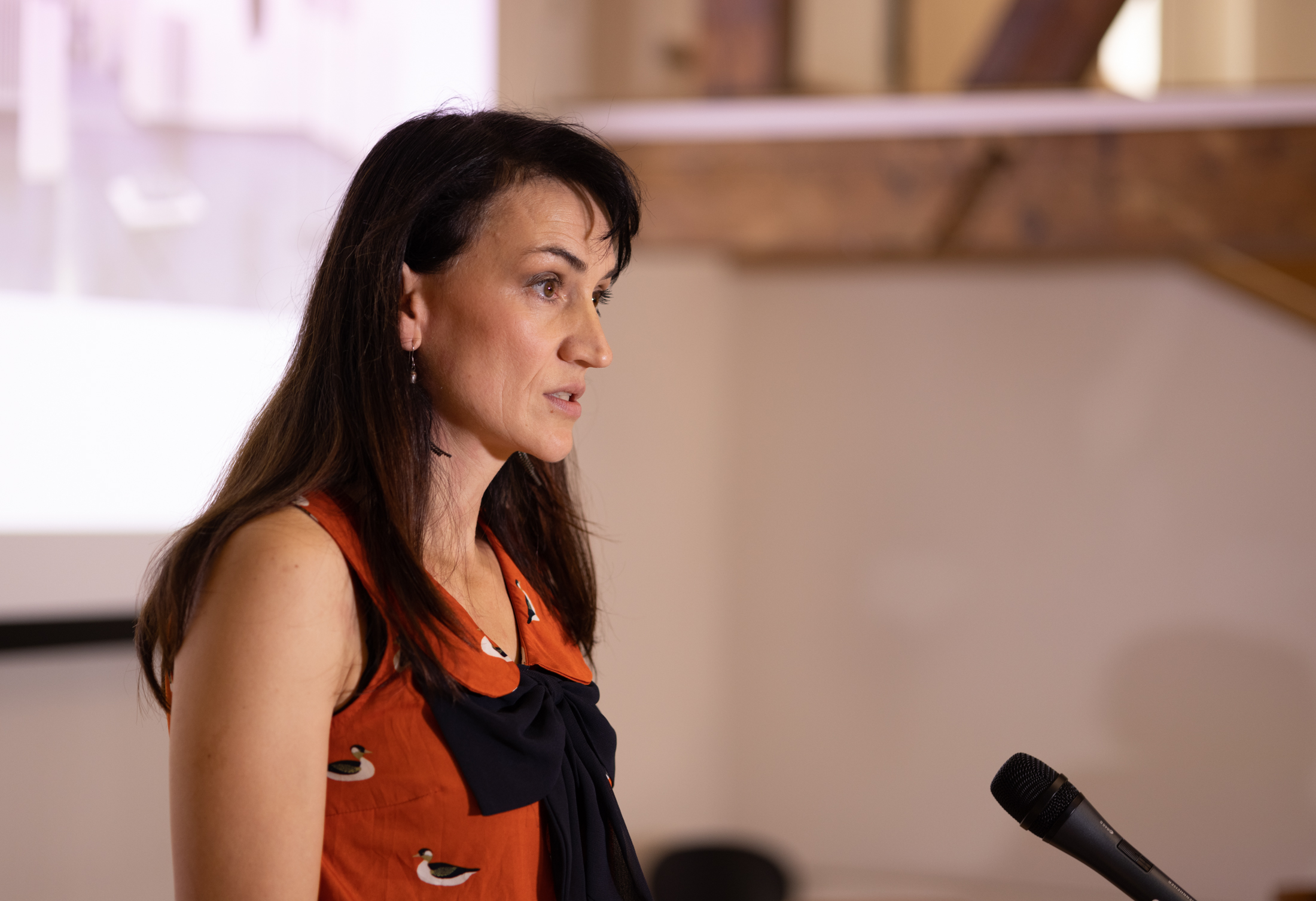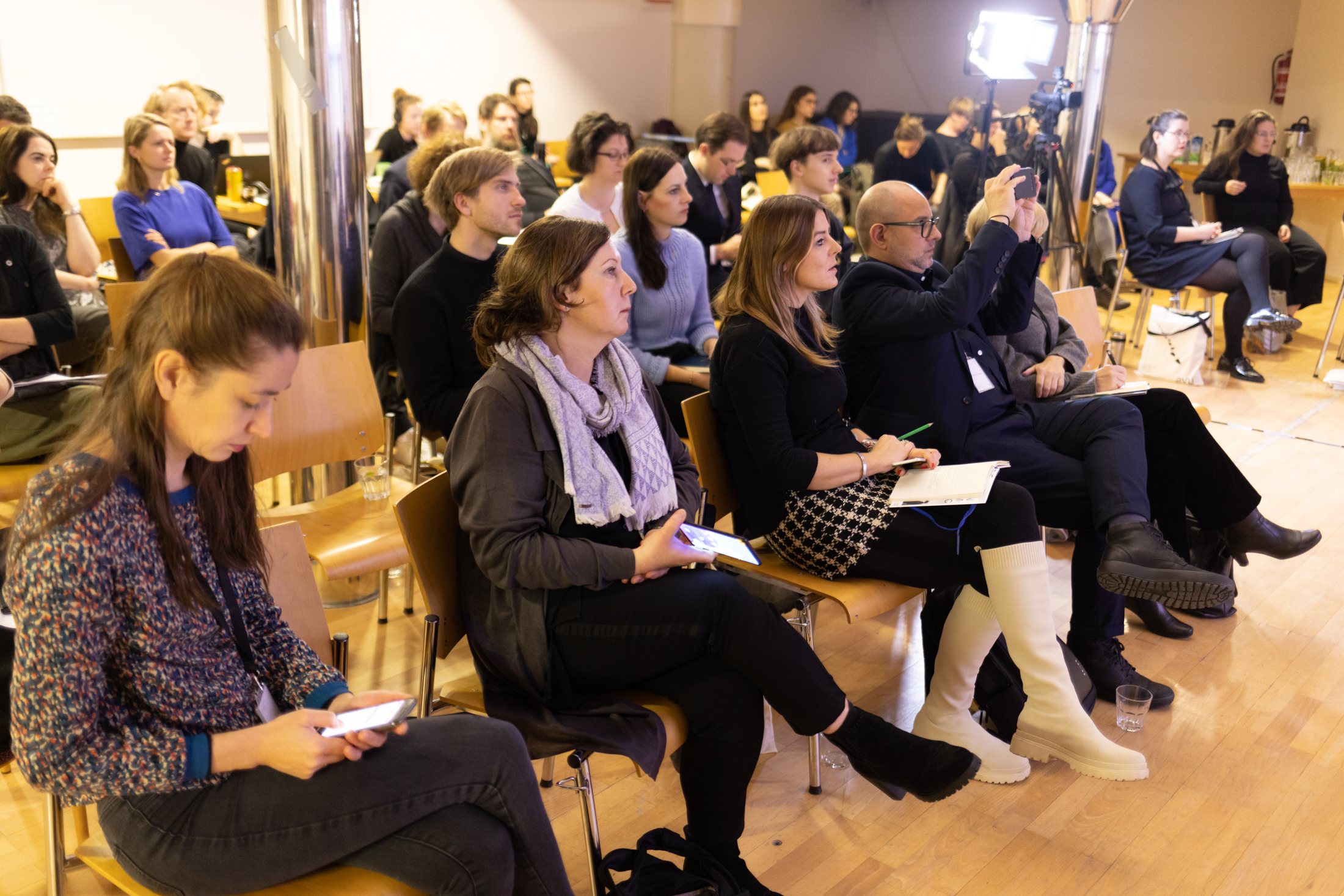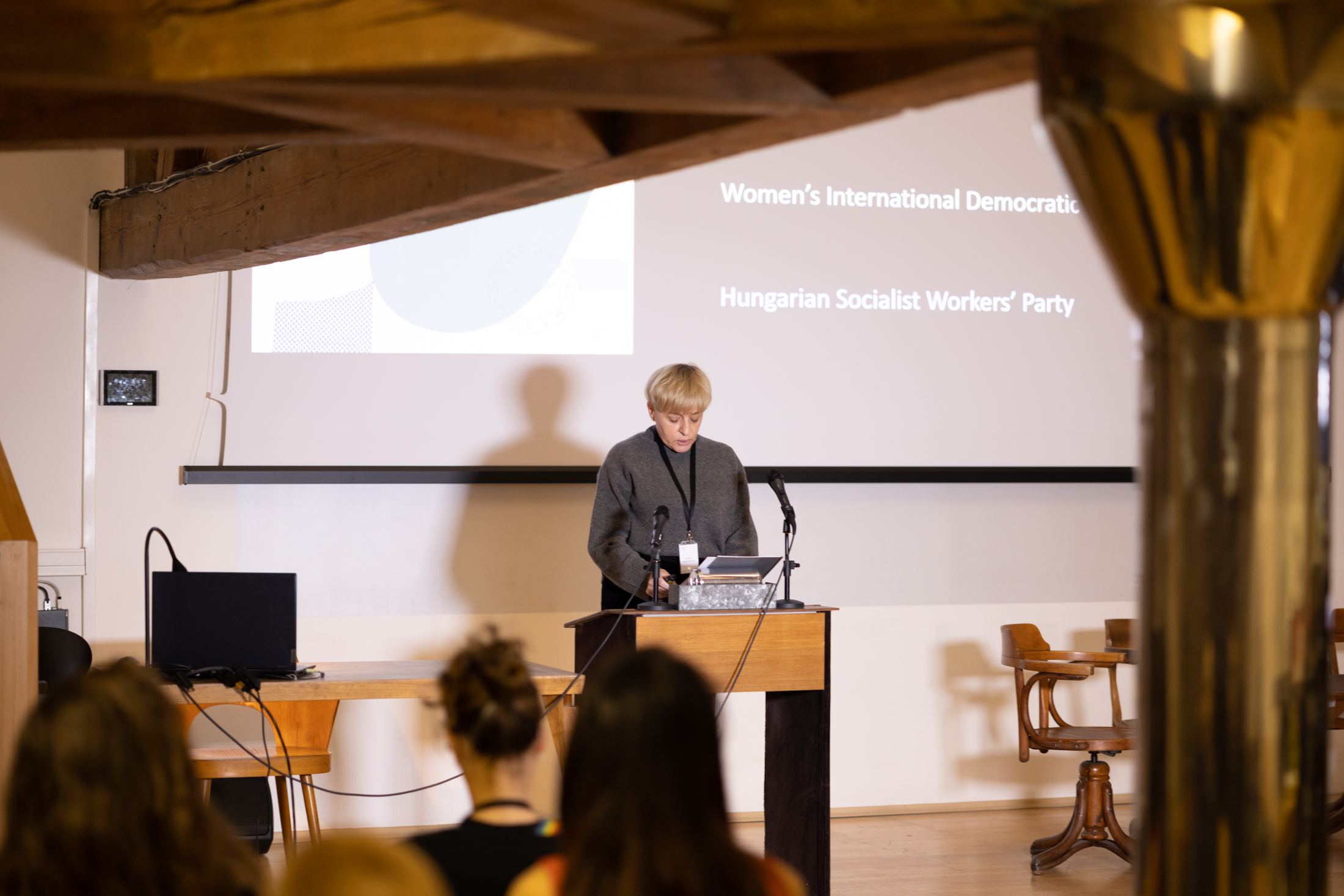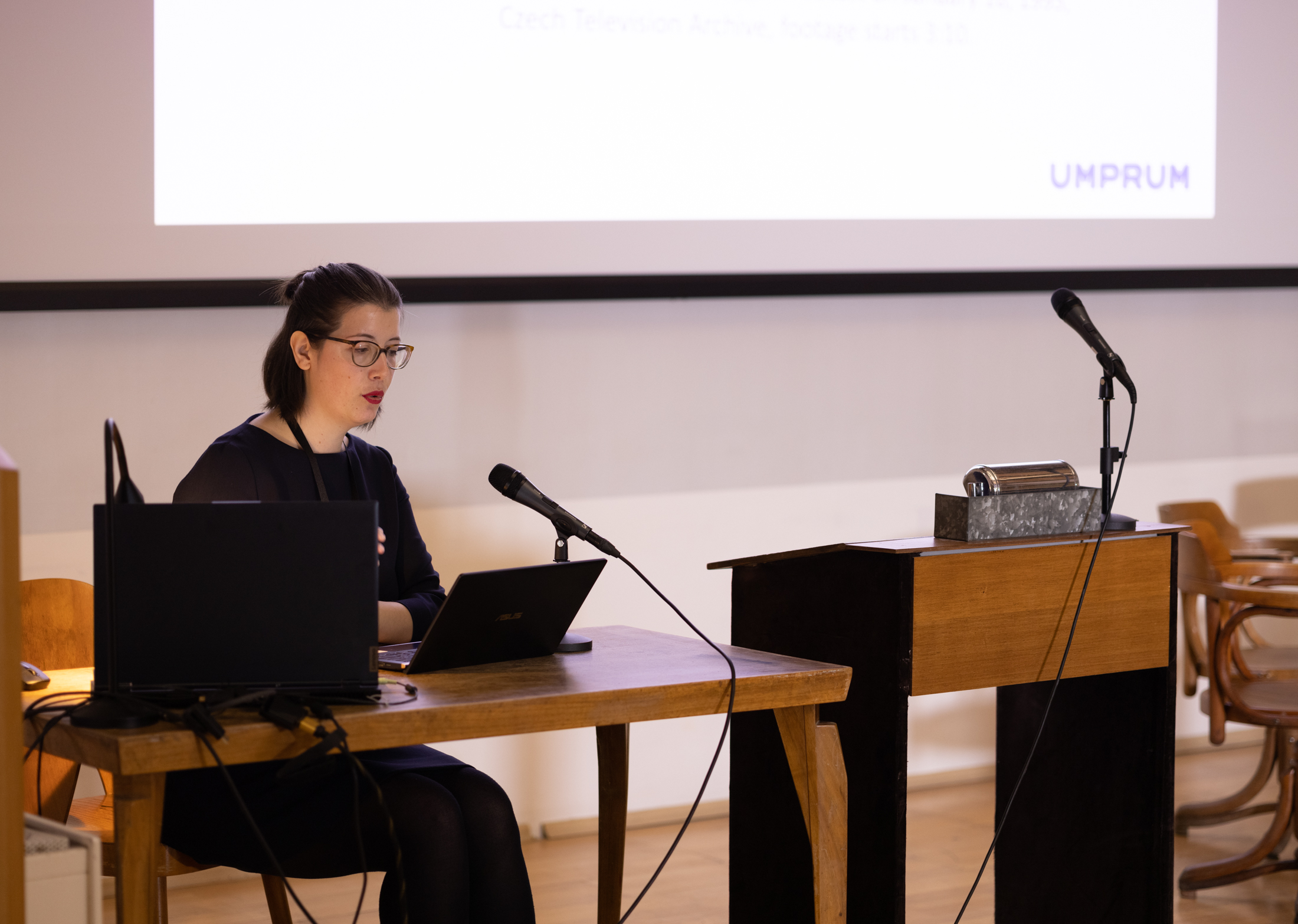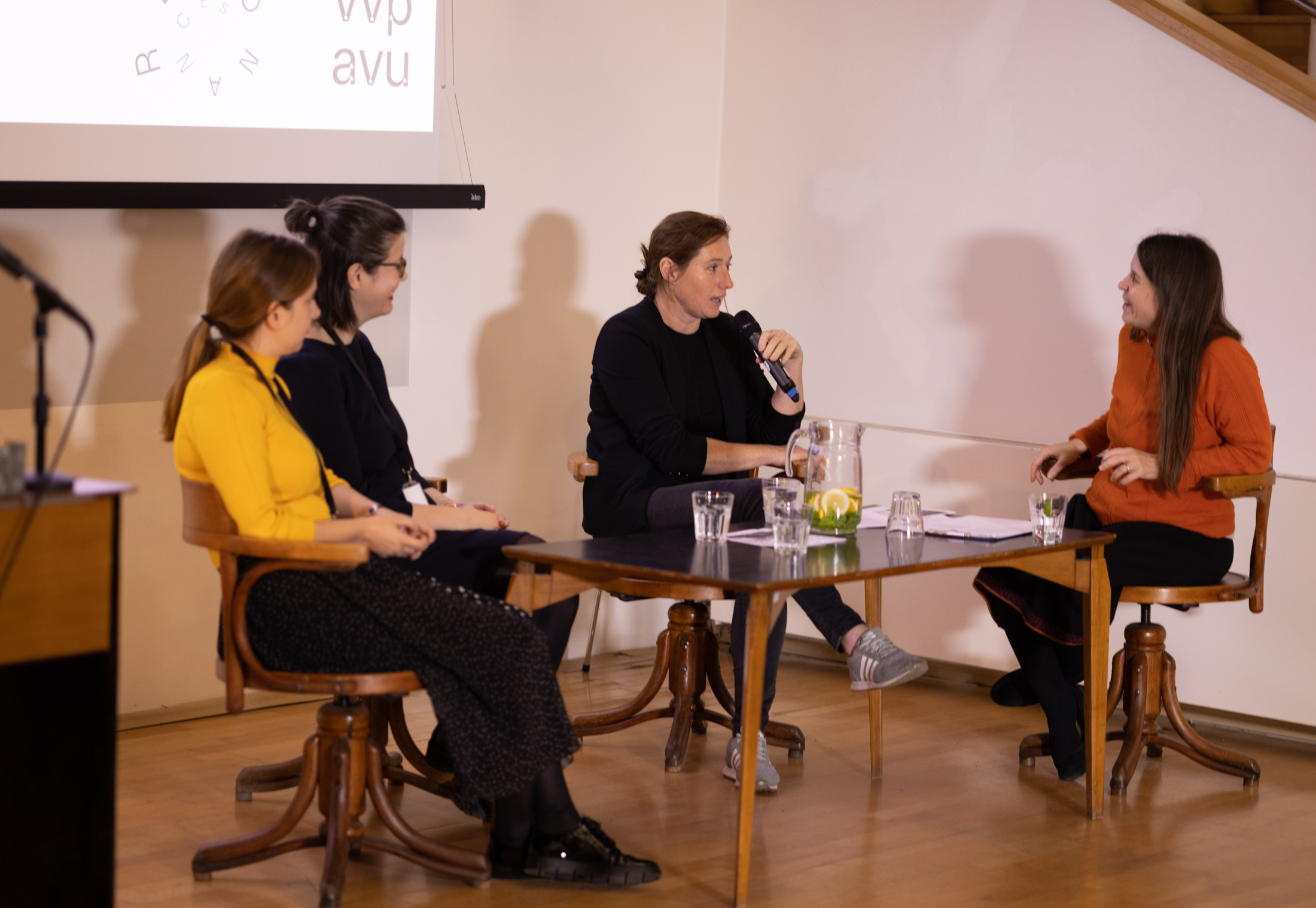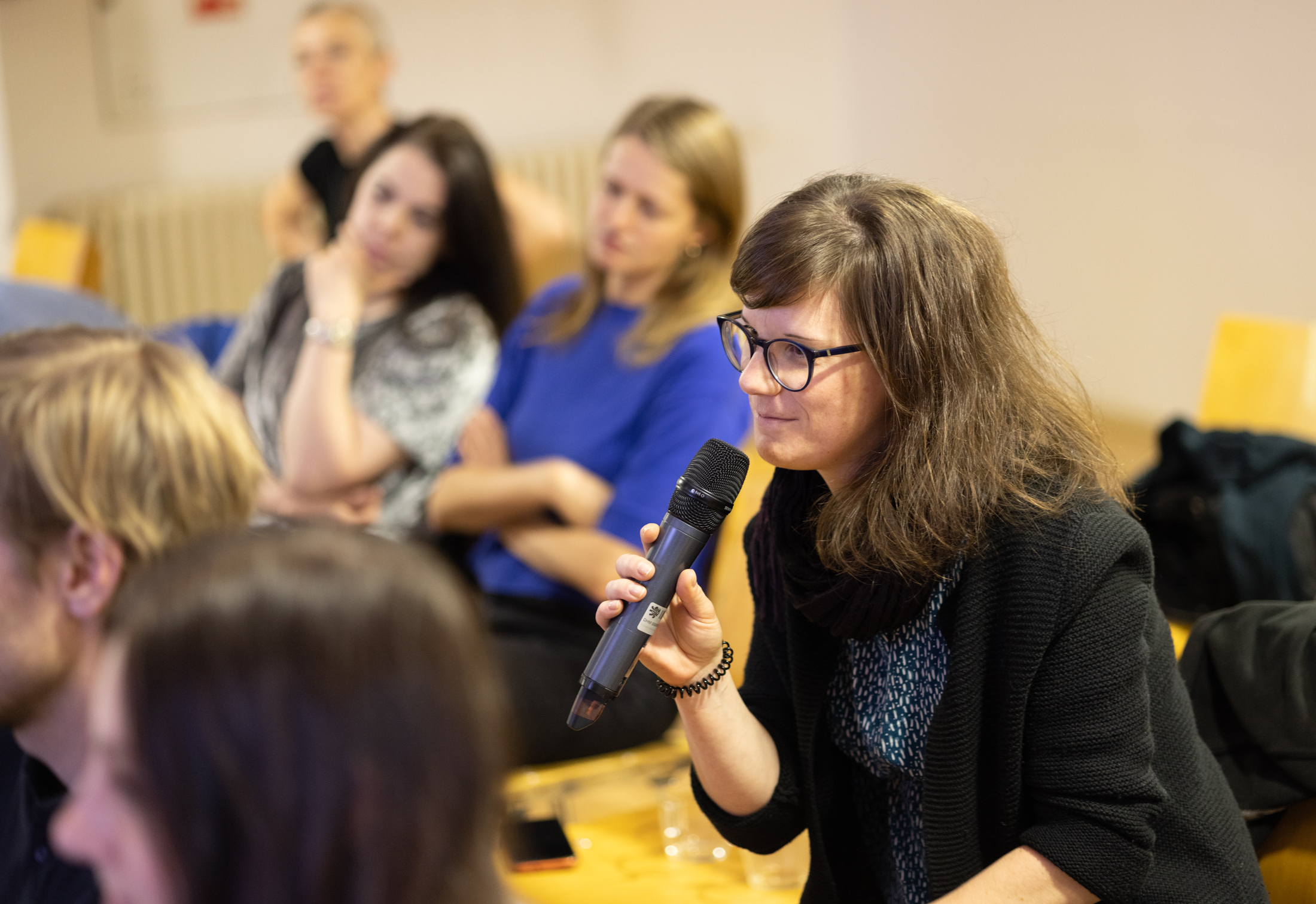The Exhibition as Medium in the Bloc
Prague, November 10–11, 2022
Location: Academy of Fine Arts in Prague (Main building) / U Akademie 4, 170 22 Prague 7
The international conference The Exhibition as Medium in the Bloc aims to reflect the spread of a new art-history discipline called "Exhibition Histories", which is a field of academic research that has been in existence for several decades. Its title is partly inspired by the book Networking the Bloc: Experimental Art in Eastern Europe 1965–1981, in which Klara Kemp-Welch examines the relationships that existed between artists in Eastern Europe and focuses on certain places where these actors networked and clashed on common platforms. It also draws on the five-year research of the Academic Research Centre of the Academy of Fine Arts in Prague, which focused on the history of exhibitions in Czech art from 1957 to 1999. The findings are presented in the comprehensive publication by Pavlína Morganová – Terezie Nekvindová – Dagmar Svatošová, Výstava jako médium. České umění 1957–1999 [The Exhibition as Medium. Czech Art 1957–1999], Academy of Fine Arts, Prague 2020.
The conference will address the following topics:
· The Unofficial / Official – different forms of exhibitions in Eastern and Central Europe from the 1950s to 2000
· Development of the conditions underpinning the realisation of exhibitions, i.e. the organisational principles, the functioning of the system of power relations, censorship, and other institutional levels impacting on exhibition presentations
· Exhibition Histories – how to deal with the English term for a new discipline in the writing of local art history
· The theory and methodology of Exhibition Histories East and West
· How the new perspective re-evaluates the history of art in the region
The conference is the third chapter of a four-part conference series organised in the framework of the project Resonances: Regional and Transregional Cultural Transfer in the Art of the 1970s. Resonances is a long-term research project realized in cooperation with Andrea Euringer Bátorová (Department of Art History, Comenius University, Bratislava); Lujza Kotočová, Pavlína Morganová, Dagmar Svatošová (Academic Research Centre of the Academy of Fine Arts, Prague); (Dávid Fehér, Emese Kürti, and Zsuzsa László (Central European Research Institute for Art History-KEMKI, Museum of Fine Arts, Budapest); Hana Buddeus (Academy of Sciences of the Czech Republic, Institute of Art History), and Magdalena Radomska (Piotr Piotrowski Center for Research on East-Central European Art at the Adam Mickiewicz University, Poznań).
The project is co-financed by the Governments of Czechia, Hungary, Poland and Slovakia through Visegrad Grants from the International Visegrad Fund. The mission of the fund is to advance ideas for sustainable regional cooperation in Central Europe.
